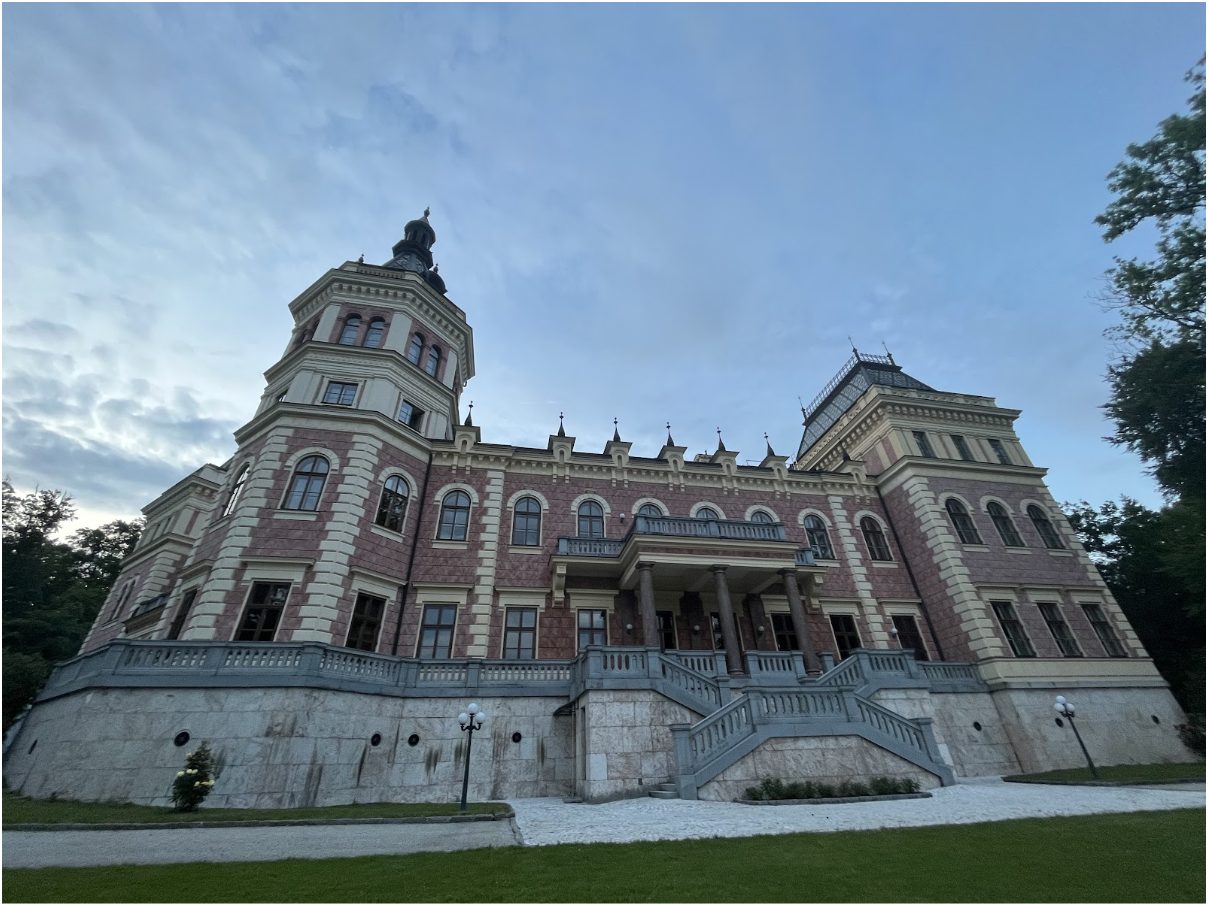I spent the last month of the school year 2021-22 and 2022-23 in Gmunden, Austria. I applied to the school (BRG/ORG Schloss Traunsee) on my own for a full-time student status, without any exchange student organisation. Because of my linguistic competence, I was placed in a class where the children were the same age as me.


When a divisive issue is raised – or when someone asks a question that raises several questions – it engages the whole class and the teacher. The teacher will bring up new arguments, not stifle the discussion by saying that there is no time for that in class. One person speaks at a time, not attacking each other, but smiling, even if they disagree on something. They are not offended by what the other person has to say. Students dare to disagree with teachers, they are allowed to have a different opinion, and they can express it clearly.
The lessons are conducted in such a way that everyone has something to add. Not only are they given the opportunity to do this – because the teacher is not giving a monologue in which he or she is just piling up information and data – but because they are used to it from a young age, the teacher does not have to call on them by name and ask questions as often. There is a lot more reporting, even if the teacher has a question, even if he or she doesn’t. (Of course, the reaction from the Hungarian side would be that there is certainly more time for this in Austria. If there were more time in Hungary, there would certainly be more discussion and more interactive lessons there too. To refute this counter-argument, I consider the following fact: in Austria, classes usually end earlier and students have more free time in the afternoon.)
It is true that the beginning of the lesson is also marked by a bell in Austria, but it is not adjusted as precisely as in Hungary. One of the reasons for this may be that several lessons are much longer than the 45 minutes in Hungary: if a double lesson is held, 86 minutes are available.
The role of digital tools in education is greater than in Hungary. Despite this, tests (larger tests: Schularbeit; smaller, revision tests: Wiederholung) are written on paper. The results are usually known to the whole class, as they are discussed with the teacher in class.
When there is a community service to be done – whether it’s watering the class vegetable garden or helping the teacher – almost the whole class volunteers. Not everyone can always be chosen for a task, but willingness can make a difference. Homework is usually done at home. As they are longer, children feel that it is not worth copying or writing something down in a scribble or a scribble or a scribble without paying attention during the break before class. They feel that the task is about understanding the subject matter and that this is what can deepen their knowledge in the absence of learning an almost immense amount of information by rote. The cool thing is to get involved in as much as possible, enthusiasm counts, they recognise when someone knows something better. They don’t look behind their backs at the hard-worker or the one with more knowledge. Glances cross the classroom when someone happens to be unsure where they are in the reading of a text, says they didn’t hear the teacher’s question or has no idea how to answer a repeated question.
The breaks between classes are also a community time, thanks in part to the very small class size (my class has 18 students). They have real, human conversations with each other, listening to each other and involving all classmates. All the while, they seek and maintain eye contact with each other. Almost every lesson is a team effort, so they are aware of each other’s strengths and weaknesses as well as their own. Similarly, it is an integral part of the lessons that one student (possibly in pairs or triples) works on a topic within the current larger theme in the form of a presentation (Referat / Presäntation).
They start confidently, address the teacher and their fellow students, identify the topic they are going to talk about. Always carrying a printed note or holding a tablet, but not reading the text, they make sure they look the audience in the eye – not just at their best friend or the teacher, but around the room. They are not standing in one place, they are constantly positioning themselves, making steps and hand gestures to emphasise their words. They don’t babble, but formulate their thoughts and information in clear, beautiful, complex sentences. What is perhaps surprising is that, without exception, even the quieter, more timid children can speak in this style.
At the end of the year, each teacher prepares a questionnaire for students to fill in to evaluate their work. Over the summer, teachers read it, learn from it and use it to shape the next school year. At the beginning of the school year, the general sentiment of the opinions is also shared with the class. As it is not a centrally produced assessment system, children do not encounter the same set of questions more than once. The following questionnaire concerns German lessons:






Leave a Reply